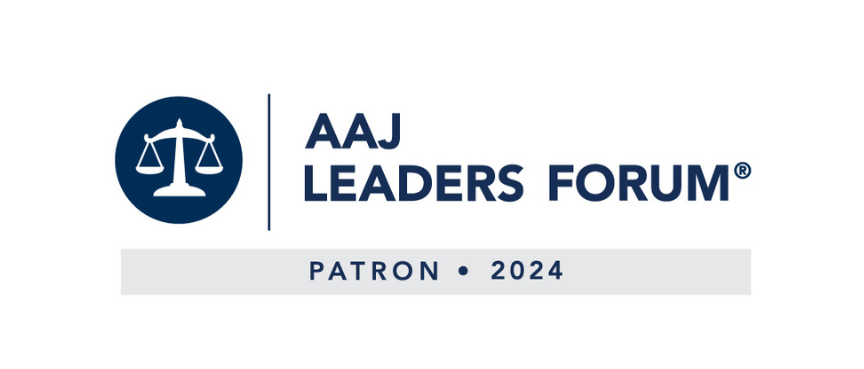Each year, motor vehicle collisions cause millions of injuries for accident victims throughout the United States. The severity of the crash typically indicates the number of injuries and damages suffered by those parties involved. Dental injuries, known as temporomandibular joint (TMJ) damage, are often sustained by accident victims.
Unfortunately, far too many accident victims neglect to treat their injuries properly, mainly because many dental injuries occur during catastrophic accidents. In these situations, victims tend to address their more severe injuries, ignoring their dental problems and potentially causing even further damage.
Types of Dental Injuries
Dental injuries can be either direct or indirect, depending upon the accident. Direct dental injuries occur when the head or mouth strikes some kind of object. Indirect dental injuries occur when an open mouth abruptly closes, causing the upper teeth to crush the lower teeth. Any type of damage to the mouth is excruciating for the accident victim.
Treatment for dental injuries varies depending on the injury’s extent and the number of teeth affected. Common injuries inflicted by traffic accidents commonly include:
- Avulsed Tooth: Occurs when a tooth is completely knocked out of its socket. Accident victims must not pick it up by the roots, only by the crown. Next, immediately put the tooth in a plastic container filled with saliva, saline solution, or whole milk. Accident victims have only a 2-hour window to get the tooth back in the mouth.
- Tooth Luxation: This causes the damaged tooth to be unable to move backward, forward, and sideways. Treatment for these injuries usually involves pushing the tooth back to its original position, although a dentist should be seen to ensure no further damage has been suffered.
- Fractured Teeth: Acute dental trauma often occurs during catastrophic auto collisions. There are three general categories of dental fractures: Ellis I – a fracture in the crown that only extends through the tooth’s enamel. In these cases, the teeth have rough edges but are not tender and have no visible change in color. Ellis II – fractures to both the enamel and the dentin layer. In this case, the damaged teeth are tender upon touch and air exposure. Ellis III – fractures that involve the enamel, dentin, and pulp layers. These damages create a visible region of red or pink on the tooth.
Causes
Typically, dental injuries occur during car accidents when the face strikes an object, such as the steering wheel, dashboard, or windshield. Speed and the area where the crash occurred contribute to the severity of the injuries.
A few causes of dental injuries include:
- Blind spot accidents
- Construction zone accidents
- Distracted drivers
- Failing to obey traffic signals
- Drunk driving accidents
- Off-road accidents
- Rear end collisions
- Rollover accidents
- Speeding accidents
- Texting and driving accidents
- Tire blowout accidents
Although there are many more common causes of dental injuries, these are generally the most common.
Representation for Dental Injuries
If you’ve suffered a dental/mouth injury from a North Carolina automobile collision caused by another driver’s negligence, you are entitled to compensation for the damages you’ve incurred. Maginnis Howard’s experienced personal injury attorneys handle complex cases involving victims of someone else’s negligence.
Our car accident attorneys serve North and South Carolina from offices in Charlotte, Raleigh, and Fayetteville. We offer free consultations and take cases on a contingency basis. That means, you don’t pay unless we win. Visit our contact page for more information or chat with a live agent.







